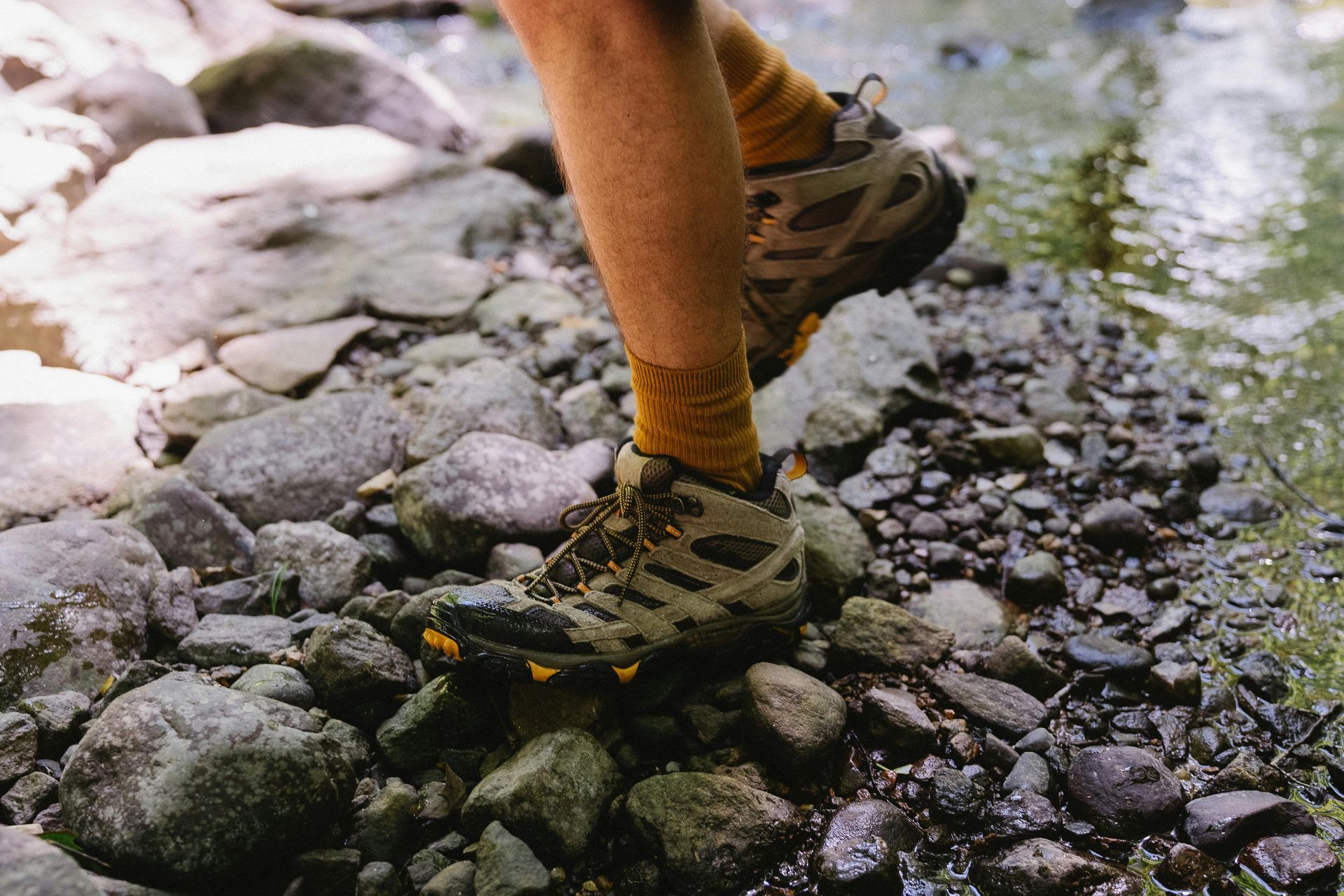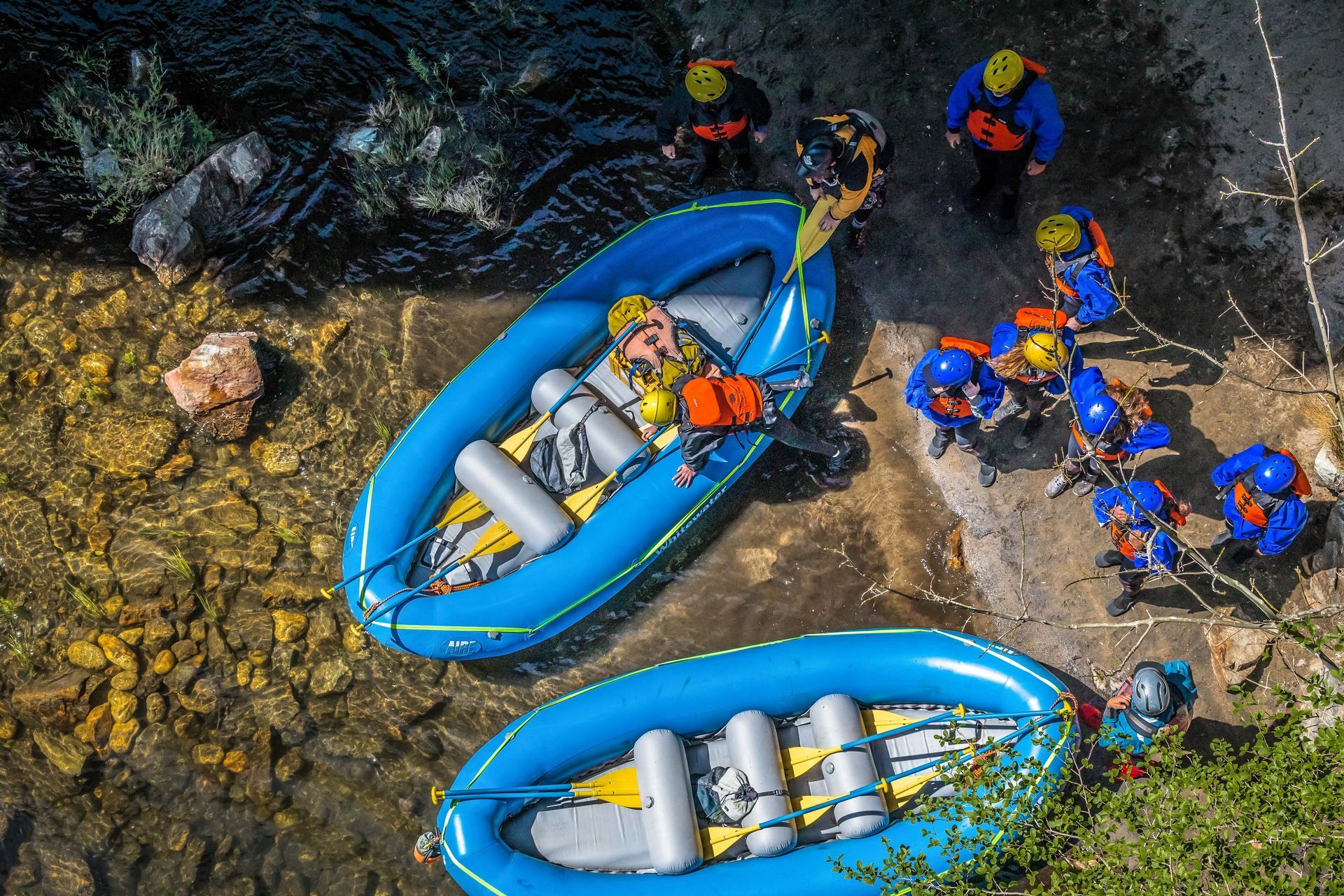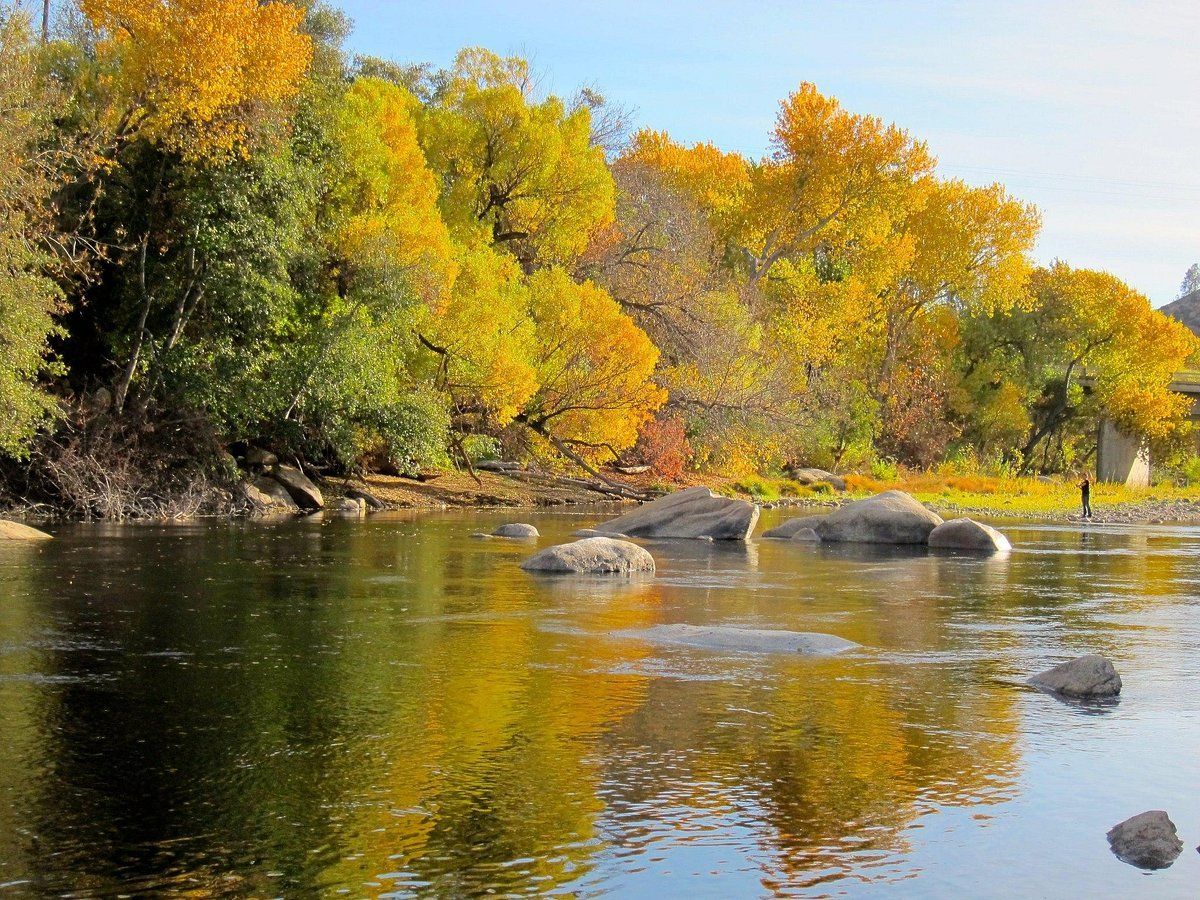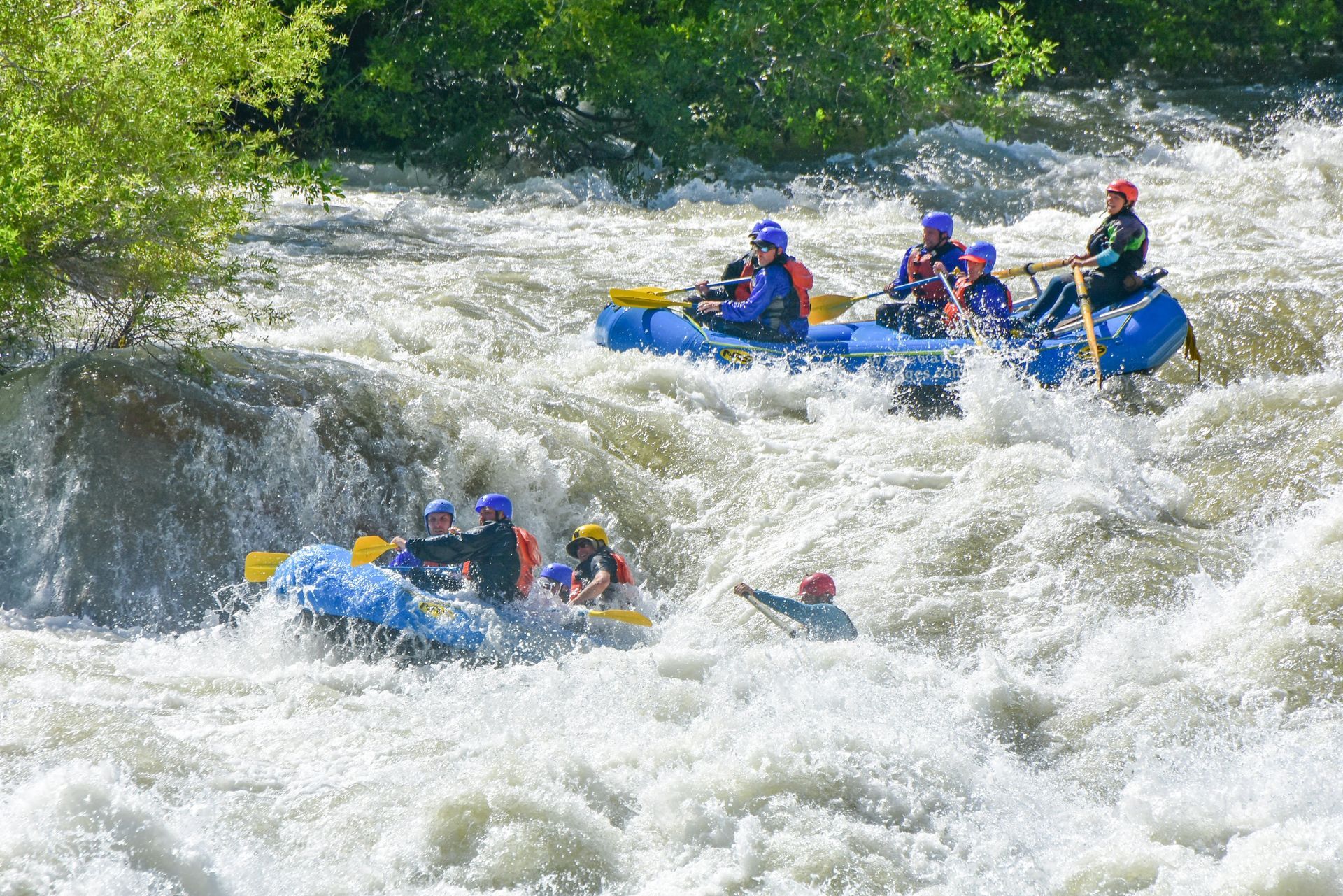Stay Safe on the Rapids: Essential Whitewater Rafting Safety Tips
Whitewater rafting is an exhilarating adventure, but like any outdoor activity, safety should always come first. Whether you're a first-time rafter or a seasoned paddler, understanding the basics of rafting safety can make your trip both fun and secure. In this guide, we’ll cover essential white water rafting safety tips, the gear you need, how to maintain your equipment, and answers to common questions like,
“Is white water rafting hard?” and
“How old do you have to be to whitewater raft?”

1. Understanding the Basics: Is White Water Rafting Hard?
The difficulty of whitewater rafting depends largely on the river’s classification. Rivers are graded on a scale of I to VI:
- Class I-II: Easy, with calm waters and small waves, suitable for beginners.
- Class III-IV: Moderate to challenging, with faster rapids and obstacles that require skill and teamwork.
- Class V-VI: Very difficult to extreme, reserved for experienced rafters and professionals.
For most people, rafting is not hard when you choose the right level of difficulty and have a knowledgeable guide. Teamwork and listening to instructions are key. Beginners are advised to start with Class I-II rapids to get familiar with paddling techniques and the flow of the river.
2. How Old Do You Have to Be to Whitewater Raft?
Age requirements for whitewater rafting vary depending on the outfitter, the river, and the difficulty level. Typically:
- Calm Waters (Class I-II): Minimum age is around 5–7 years old.
- Moderate Rapids (Class III): Minimum age is usually 8–12 years old.
- Challenging Rapids (Class IV-V): Minimum age can range from 14–18 years old.
Each outfitter will have specific
rafting guidelines, so it’s essential to check age and weight requirements before booking. Always consider the child’s swimming ability and comfort level in water.
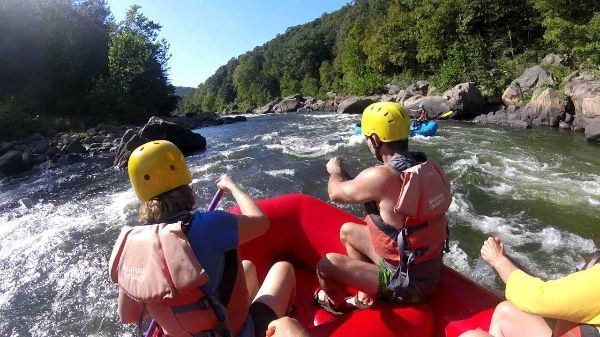
3. Essential Rafting Gear You Need
Packing the right gear is critical for a safe and enjoyable rafting trip. Here’s a list of essential items:
- Helmet: Protects your head from impact with rocks, paddles, or the raft.
- Personal Flotation Device (PFD): A life jacket designed for rafting keeps you afloat and protects your torso.
- Paddle: Your main tool for navigating and steering the raft.
- Appropriate Clothing: Wear quick-drying, moisture-wicking materials like synthetic fabrics. A wetsuit or drysuit is recommended in colder waters.
- Footwear: Closed-toe water shoes or sandals with good grip to protect your feet.
- Throw Bag: A safety rope used for rescues in the water.
- Dry Bag: Keeps essential items like phones, snacks, and first aid kits dry.
- First Aid Kit: Always have basic medical supplies on hand for minor injuries.
Most professional rafting outfitters provide the basics, but if you’re venturing out on your own, make sure you have all these items.
4. Personal Protective Equipment (PPE) Explained
Having high-quality, well-maintained PPE can significantly reduce the risk of injury and enhance your overall experience. Here are the basics:
- Helmet: Choose a rafting-specific helmet that fits snugly and stays in place during strong impacts. Helmets are non-negotiable, even on seemingly calm waters, as accidents can happen quickly.
- PFD: Your life jacket should be U.S. Coast Guard-approved and fit properly. It should feel secure but not restrictive, allowing full arm movement. Before every trip, check for wear and tear, including broken buckles or frayed straps.
- Wetsuit or Drysuit: Wetsuits are ideal for cool waters, as they keep you warm by trapping a thin layer of water against your body. Drysuits are fully waterproof and provide better insulation for extremely cold conditions.
- Gloves: Optional but useful in colder environments or for long paddling trips to prevent blisters.

5. Rafting Safety Tips for Beginners and Experts
Preparation and awareness are key to staying safe on the river. Follow these rafting safety tips:
- Listen to Your Guide: Professional rafting guides are trained to handle emergencies and know the river well. Always follow their instructions before, during, and after the trip.
- Know the River: Understand the difficulty level, water conditions, and potential hazards of the river you’re rafting.
- Stay in the Raft: If you fall out, don’t panic. Float on your back with your feet pointing downstream to protect your head and keep an eye on obstacles. Wait for help or swim toward the shore if it’s safe.
- Hydrate and Protect Yourself: Drink plenty of water, and wear sunscreen even on cloudy days. UV rays reflect off the water and can cause severe burns.
- Avoid Alcohol and Drugs: Save the celebratory drinks for after the trip. Being alert and responsive is crucial on the river.
- Practice Teamwork: Communication and coordination with your team ensure smooth navigation and quick responses to obstacles.
6. Tips on Maintaining Rafting Gear
Well-maintained gear not only lasts longer but also ensures safety during your rafting trips. Here’s how to care for your equipment:
- Inspect Gear Before Each Trip: Check for holes, tears, or damaged straps in your PFDs, wetsuits, and dry bags. Look for cracks or splinters in paddles.
- Clean Gear After Use: Rinse off dirt, sand, and debris with fresh water after every trip. For wetsuits, use a mild detergent to prevent odors and bacteria buildup.
- Dry Thoroughly: Always air-dry your gear in a shaded, well-ventilated area. Avoid direct sunlight, which can weaken materials over time.
- Store Properly: Keep gear in a cool, dry place. Avoid folding or compressing items like helmets or PFDs to maintain their shape and integrity.
- Repair or Replace When Necessary:
Don’t use damaged gear. Replace old equipment to ensure it performs as needed in critical situations.
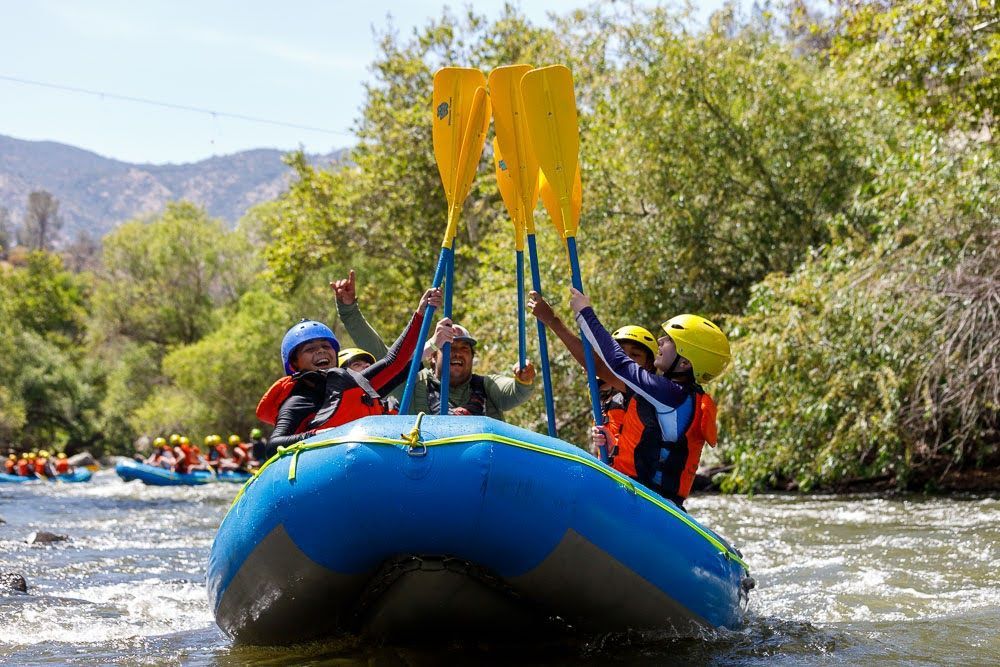
7. Common Questions About White Water Rafting Safety
Is white water rafting hard?
Rafting can range from easy to challenging, depending on the river’s class and your experience level. Beginners can start with calm rapids to build confidence and learn basic techniques.
How old do you have to be to whitewater raft?
Age requirements vary but generally range from 5–14 years old, depending on the difficulty level. Check with your outfitter for specific guidelines.
What should I wear for white water rafting?
Wear quick-drying clothing, water shoes, and layers if it’s cold. Avoid cotton, as it retains water and can make you cold.
Enjoy the Rapids Safely
Whitewater rafting is a thrilling way to connect with nature and challenge yourself. By following these rafting safety tips, wearing the right gear, and maintaining your equipment, you’ll be well-prepared for an unforgettable adventure. Remember, safety begins before you hit the water, so take the time to plan and prepare properly.
If you’re still wondering, “Is white water rafting hard?” don’t worry—start with a beginner-friendly trip, listen to your guide, and focus on having fun. For a detailed list of rafting essentials, visit our
rafting essentials page. Prepare for an exciting journey and create lasting memories on the water with
Whitewater Voyages!
Ready To Book Your Kern River Rafting Trip?
Whitewater Voyages
(800) 400-7238
11316 Kernville Rd, Kernville, CA 93238, United States



